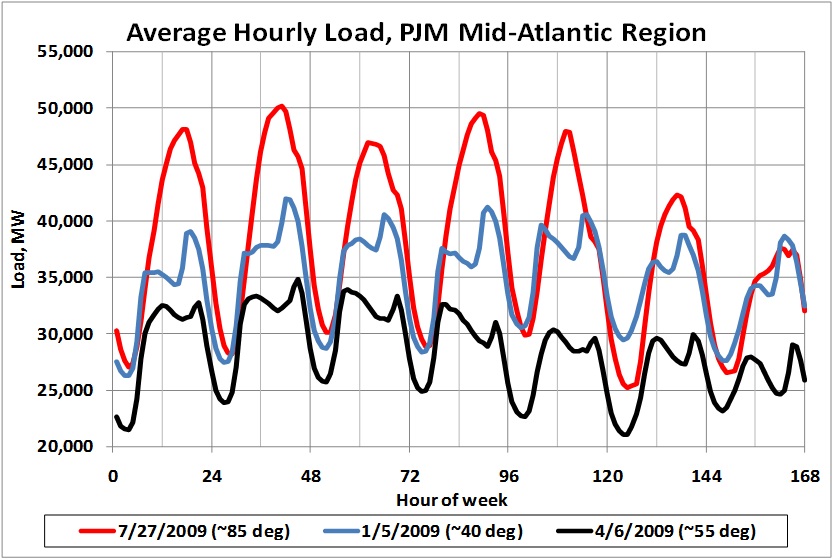No, it’s not. That headline, in fact, is a good example of how to lie with statistics. It doesn’t matter if grid storage has tripled, if the raw amount we are talking about is still utterly trivial.
Note that they are talking about POWER capacity (MW), and not storage capacity (Measured in power over time). This reflects the fact that the large majority of the battery capacity we have is used for either instantaneous load-following or for arbitrage (storing energy for short periods so you can transllate the energy from off-peak to peak times to save money).
According to the EIA, in 2019 the U.S. had about 1.688 GWh of storage capacity, and a direct delivery power capacity of 1.022GW. So let’s scale that up in the same ratio as your latest numbers, which are 4.6 GW, then the US today has about 7.64 GWh of grid storage. How much is that?
Well, let’s take just one power station - the Indian Point nuclear power station that was recently closed. Let’s say we replace trhat power with wind and solar, and we decide we need two weks of battery storage to safely do so and not risk blackouts when the wind isn’t blowing and the sun isn’t shining.
Indian point could produce about 2 GW of power, with a capacity factor of over 99%. let’s call it 100%. That means in 24 houtrs it would produce 48GWh of energy. A two-week backup battery that could cover for 2 GW of solar and wind when it’s not producing would therefore require 672 GWh of storage.
All the storage capacity currently in the U.S. would only be able to back up one 2 GW power plant for 3.82 hours before it’s completely depleted.
In 2021, the U.S. used 3,871 TWh of electricity. That’s about 440 GW per hour.
So, all the battery storage the US has built to date could store just over 1 minute of US electrical production. If you got rid of all fossil fuels and nuclear and tried to run the grid on intermittent sources, to get a 2-week backup of all that you will need to multiply the current amount by a factor of 525,600.
World battery production is about 250 GWh per year. Elon Musk says his new battery factory will produce about that much, so let’s double it. 500 GWh per year. How long will it take to build out that grid storage if we double battery manufacturing capacity and devote every battery to grid storage? Well, that number is close to about one hour of grid storage.
So, if we double annual battery production it will only take 8,760 years to get 2 weeks of backup storage for the grid.
Now, we can cut that down by removing power used by hydro, and we can cut the storage down to a week if you want (although there are plenty of periods longer than that where wind and solar produce very little). Maybe we can even do a little better with a high frequency DC grid that could pump power around the country with low losses. Maybe we only need a total of a few days’ power for backup. Feel free to cut the estimate by a factor of ten if you want - now we only need 876 years at double our current production rates and devoted all world battery production to American grid storage.
This is clearly not feasible. We aren’t going to be replacing baseload power with grid scale batteries. Not now, not ever. There are other options such as pumped storage of water, but they can’t come even close to making up the slack.
This all gets worse when we add another 20% or so of load to the electrical grid from the ‘beautiful transition’ to electric cars. And we haven’t talked about getting rid of natural gas heating.
This is why the only solution to global warming MUST include substantial nuclear power. Not just a new plant here or there, but production of hundreds of new nuclear plants. The sooner we get started, the better for the planet. The longer we dick around with half-solutions and blind alleys that match our political preferences but don’t match reality, the worse it’s going to get.
